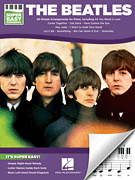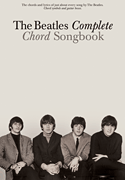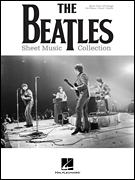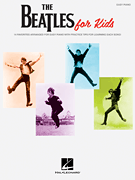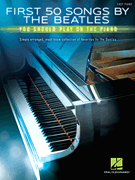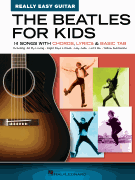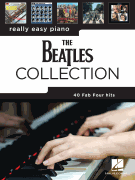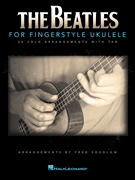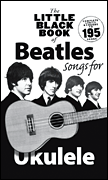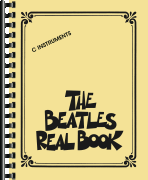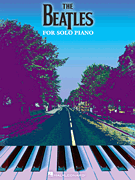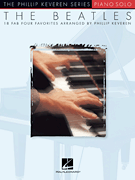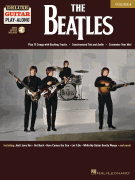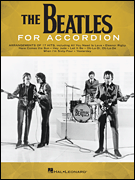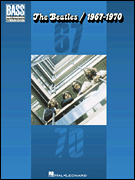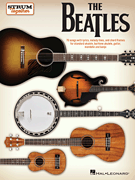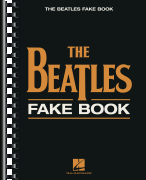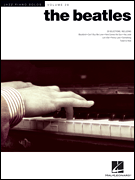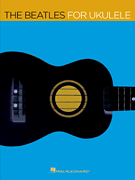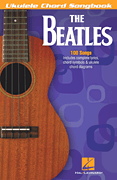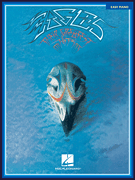Search Results for: “The sun”
Loading...
Here Comes The Sun View 217 Products
You Are The Sunshine Of My Life View 183 Products
On The Sunny Side Of The Street View 160 Products
Don't Let The Sun Go Down On Me View 117 Products
Bésame Mucho (Kiss Me Much) View 114 Products
Good Day Sunshine View 110 Products
Birthday View 105 Products
The House Of The Rising Sun View 95 Products
East Of The Sun (And West Of The Moon) View 93 Products
I'll Follow The Sun View 92 Products
Walking On Sunshine View 59 Products
I Got The Sun In The Morning View 58 Products
The World Is Waiting For The Sunrise View 56 Products
House Of The Rising Sun View 52 Products
Keep On The Sunny Side View 41 Products
The Peanut Vendor (El Manisero) View 40 Products
Sunday View 39 Products
Island In The Sun View 38 Products
Sun King View 38 Products
Red Sails In The Sunset View 37 Products
Days In The Sun View 32 Products
That's The Way (I Like It) View 29 Products
Let The Sunshine In View 24 Products
Get Down Tonight View 16 Products
